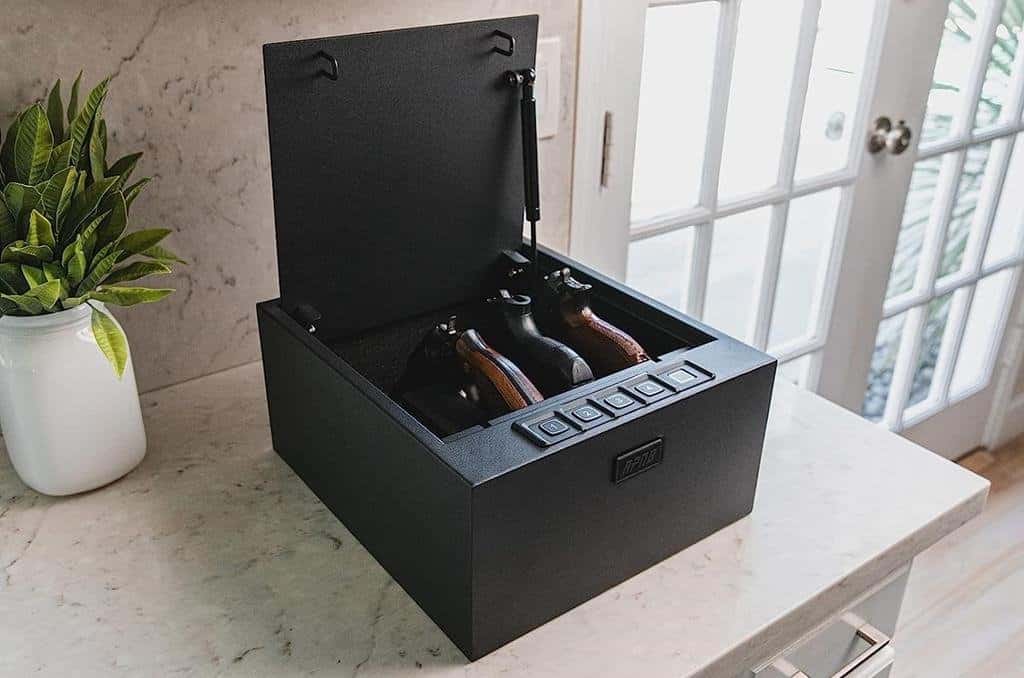In the ever-evolving landscape of firearm storage solutions, biometric rifle safes have gained popularity for their promise of quick and secure access. The integration of biometric technology, which typically involves fingerprint recognition, offers an alternative to traditional key or combination lock mechanisms. However, the reliability of biometric rifle safes and their effectiveness in emergency situations remain key considerations for potential buyers.
1. Biometric Technology Overview:
Biometric rifle safes utilize cutting-edge technology to scan and authenticate an individual’s unique biological markers, often in the form of fingerprints. This advanced method of access control has become prevalent in various security applications due to its convenience and potential for heightened security.
2. Reliability of Biometric Recognition:
One primary concern when considering biometric rifle safes is the reliability of the biometric recognition system. The accuracy of fingerprint scanning is crucial, as false rejections or acceptances can impact the speed and efficiency of access. Advances in biometric technology have significantly improved reliability, with modern systems boasting low false rejection rates.
3. Quick Access in Emergencies:
One of the major selling points of biometric rifle safes is their ability to provide rapid access, especially in emergency situations. When seconds count, the convenience of a simple fingerprint scan can be invaluable. Unlike traditional locks that may require key retrieval or precise combination input, biometric safes offer a swift and seamless method of firearm retrieval.
4. Factors Affecting Biometric Speed:
Several factors influence the speed of access with biometric rifle safes. The quality of the biometric sensor plays a pivotal role, as high-quality sensors can quickly and accurately capture fingerprint data. Additionally, the design of the authentication process and the overall responsiveness of the safe’s electronic components contribute to the speed of access.
5. Backup Access Methods:
To address concerns about potential biometric failures, many biometric rifle safes include alternative access methods. These may include key overrides, PIN codes, or combinations. Having backup options ensures that users can still access their firearms even if the biometric system encounters issues or malfunctions.
6. Power Source and Reliability:
Biometric rifle safes typically require a power source for their electronic components. It is crucial to consider the reliability of the power supply and whether the safe includes backup power options. Some safes come equipped with battery backup systems to ensure continuous functionality even during power outages.
7. User Maintenance and Calibration:
Regular maintenance and calibration are essential for the ongoing reliability of biometric rifle safes. Users should follow manufacturer recommendations for cleaning the fingerprint scanner and ensuring optimal performance. Regular calibration helps maintain accuracy and reduces the likelihood of false rejections.
Conclusion:
In conclusion, biometric rifle safes offer a promising solution for those seeking quick and reliable access to their firearms. The advancements in biometric technology have addressed many of the initial concerns regarding accuracy and speed. When choosing a biometric rifle safe, consider factors such as the quality of the biometric sensor, backup access methods, power source reliability, and user maintenance requirements. With careful consideration, a biometric rifle safe can provide a secure and efficient means of accessing your firearms, especially in critical and time-sensitive situations.



